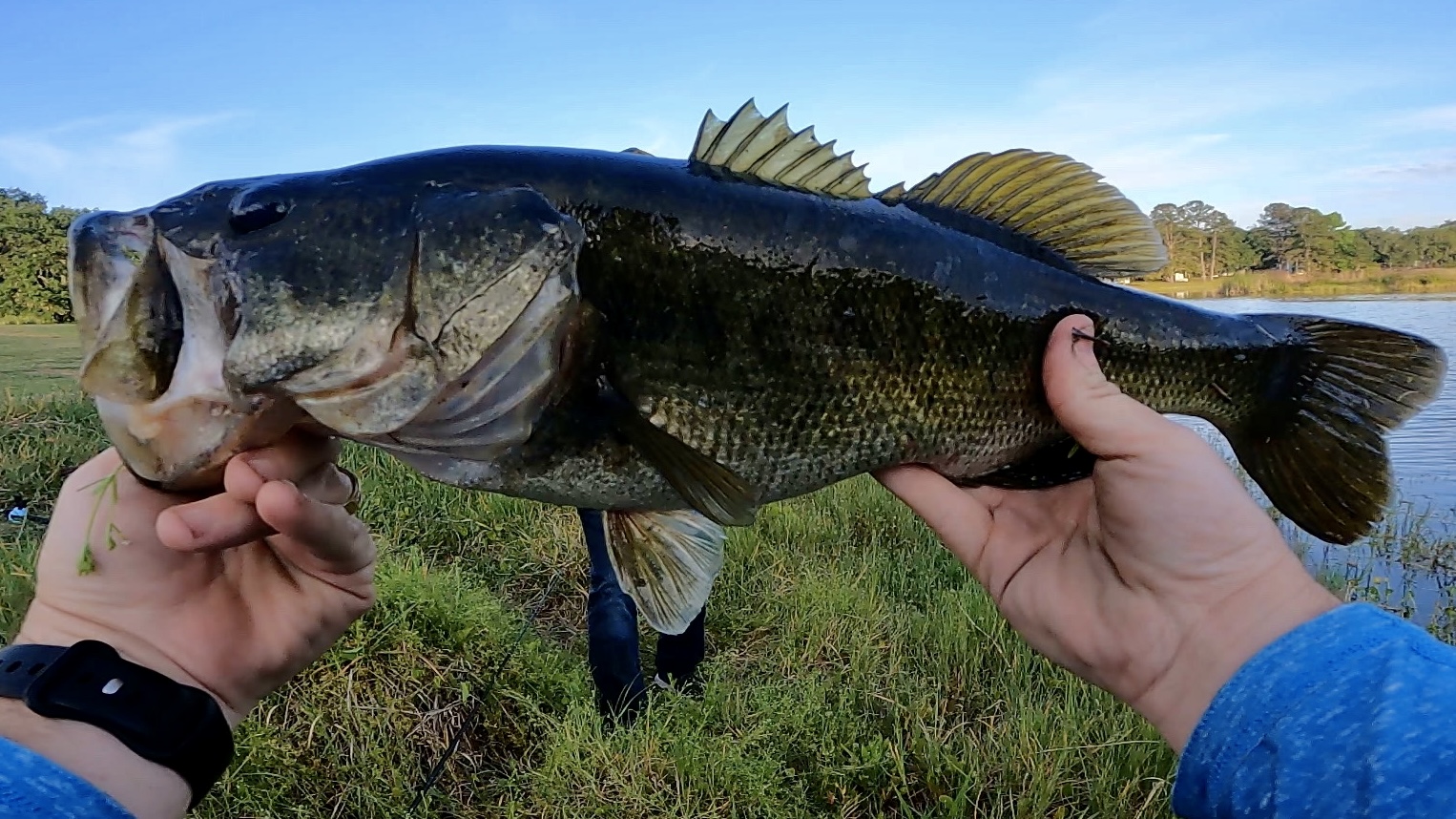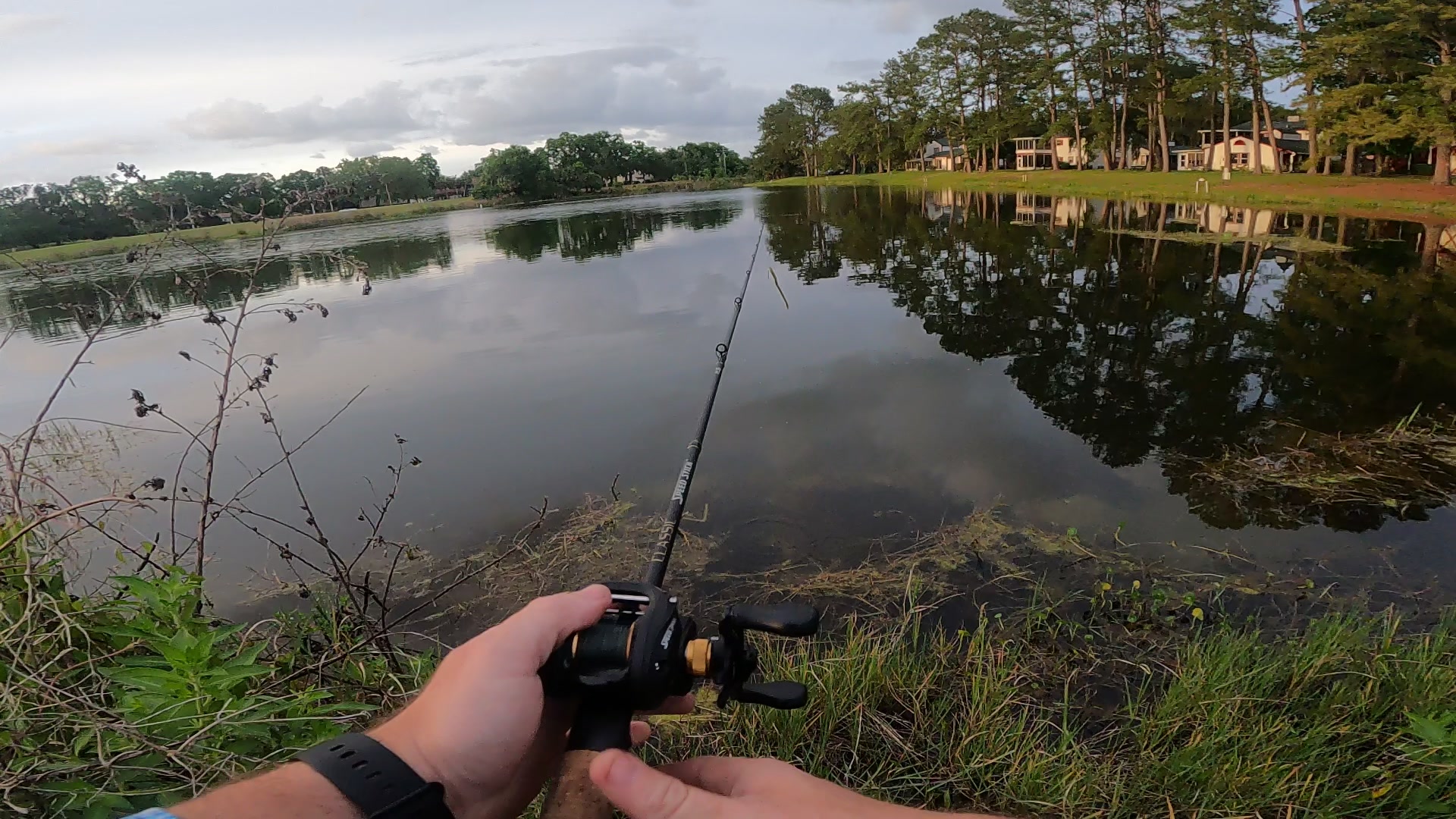

Are you looking for an exciting outdoor activity that’s perfect for beginners? Look no further than shore fishing! Whether you’re seeking the tranquility of a peaceful lakeshore or the thrill of casting into the crashing waves of the ocean, shore fishing offers a fun and accessible way to connect with nature and catch some fish. In this beginner’s guide, we’ll cover everything you need to know to get started with this rewarding pastime. So grab your rod and let’s go!
Essential Gear
When it comes to shore fishing, having the right gear is crucial. At a minimum, you’ll need a fishing rod and reel, fishing line, hooks, sinkers, and bait or lures. The type and size of gear you need will depend on the location you plan to fish and the species you’re targeting.
A medium-sized spinning rod and reel is a good all-purpose option for most shore fishing situations, but if you’re targeting larger fish or fishing in heavier currents, you may need a heavier rod and reel. When it comes to line, a monofilament line with a test weight of 8-12 pounds is usually suitable for most situations, but again, you may need to adjust based on the location and target species.
As for bait and lures, live bait such as worms, minnows, and crickets are great options, as well as artificial lures like spinnerbaits, swim jigs, and crankbaits. Ultimately, the gear you choose should be appropriate for the location and the species you plan to target.
- The Lew’s Smash Baitcast Combo is a top-quality rod and reel combo designed for all anglers. It’s high-quality graphite rod and smooth drag reel make for precise casting and retrieval, while its pre-spooled 12-pound line makes it ready to use right out of the box. Overall, it’s an excellent choice for those looking to catch more fish.
Choosing a Good Location
Choosing the right location is key to a successful shore fishing trip. Look for areas with structure, such as rocks, logs, or weed beds, as these provide shelter for fish and attract prey. Look for drop-offs or areas where the water gets deeper quickly, as these can also be good spots for fish to congregate. Pay attention to the current or tide, as fish often gather in areas where the current brings food to them.
It’s also important to consider the time of day and the season. In general, early morning and late afternoon are good times to fish, as fish are more active during these times. In the summer, fish may seek cooler, deeper water, while in the winter they may move to shallower areas where the water is warmer. Do some research or ask local anglers for advice on the best shore fishing spots in your area.
Techniques for Shore Fishing
There are several techniques you can use for shore fishing, depending on the location and species you’re targeting. One common technique is to cast your bait or lure out as far as you can, then slowly reel it back in. This can mimic the movement of prey and entice fish to strike. Another technique is to bounce your bait or lure along the bottom, which can be effective for bottom-dwelling species like catfish or flounder. Regardless of the technique you use, be patient and pay attention to your surroundings. Look for signs of fish activity, such as jumping or feeding fish, and adjust your approach accordingly. With some practice and experimentation, you’ll soon discover what works best for you and the fish in your area.
Common Shore Fishing Species and How to Catch Them








There are a wide variety of fish species that can be caught from shore, depending on your location and the time of year. Some common species include bass, trout, catfish, panfish, and saltwater species like striped bass and redfish. Different species may require other techniques and gear, so it’s essential to research and plan accordingly.
For example, bass can be caught using a variety of lures and techniques, while catfish are often caught using stink baits or worms on the bottom. Trout may be more likely to strike at flies or small spinners, while panfish like bluegill and crappie can be caught using small jigs or live bait. For saltwater species, look for areas with structures like jetties or piers, and use lures or live bait that mimics the local prey species. Always be sure to follow local fishing regulations and practice catch and release to help preserve fish populations for future generations.
Recap
Shore fishing can be a fun and rewarding way to enjoy the outdoors and catch some fish. By using the right gear, choosing a good location, and practicing different techniques, you can increase your chances of success and have a great time on the water. Remember to always follow local fishing regulations and practice catch and release to help preserve fish populations. Whether you’re a beginner or a seasoned angler, shore fishing is a great way to connect with nature and experience the thrill of the catch. So grab your gear and head out to your favorite spot – the fish are waiting!

))/2933219.json)



